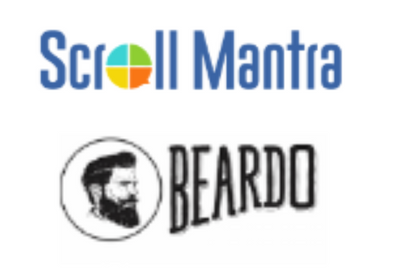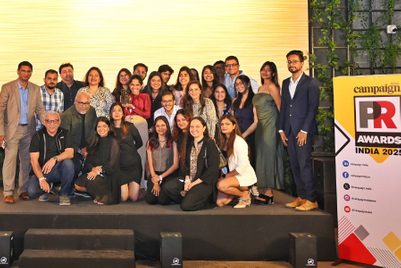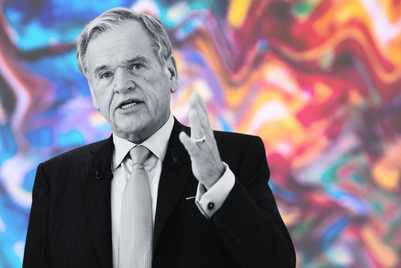
The debate on public relations vs advertising has been going on for ages and will always be a hot and heavily contested topic. Both advertising and public relations are two important tools for promoting corporate brand, products, and services offered by companies.
The primary motive of any business, whether B2B or B2C, is to make a profit, which can only be achieved by increasing sales based on their service or product offerings. Brands may explore and apply many strategies, tactics, tools, and plans to gain customer attention or customer acquisition and to establish a competitive position in the market. To be the 'top-of-mind brand recall' for the target stakeholders, they undertake various promotional campaigns, such as advertising, public relations, direct selling, sales promotion, and on-ground events. There is always confusion or debate in understanding the difference between advertising and public relations.
The lines between communications and marketing continue to blur, creating new challenges and opportunities. Today, the line is blurring between traditional PR outreach, video production, event development, brand marketing, media planning/buying, as well as content creation and influencer strategies.
I have been fortunate to have witnessed both corporate and agency sides in my professional career. Summarising my thoughts on the topic.
Public relations and advertising are both essential components of any integrated marketing strategy, but they differ significantly in their approach and planning although the goal remains the same.
Advertising is a paid, non-personal, one-way public communication that draws the public towards a product, service, company, or any other aspect through various communication channels to share information and in a way influence the target audience to respond in the desired manner. Advertising is a highly expensive marketing tool because it can reach many people at the same time. Public Relations, on the other hand, is earned media – free of cost implied endorsement along with the validation of a third party.
Strengths:
- Targeted reach: Advertising allows precise targeting, reaching specific demographics, interests, and behaviours.
- Control over messaging: Advertisers have full control over the content, timing, and placement of their ads.
- Measurable results: Advertising campaigns can be accurately tracked and measured in terms of ROI, conversions, and engagement.
Challenges:
- Ad fatigue: In an increasingly cluttered advertising landscape, consumers can become immune to ads, leading to decreased effectiveness.
- Cost implications: Advertising can be expensive, especially for small businesses with limited budgets.
Public Relations, on the other hand, is an earned medium of strategic communication that creates a narrative for a brand and plans a strategic outreach based on that narrative to engage with stakeholders. It's a concept that enables brands to create a unique story around their entire business activity. It's about building a positive image, enhancing reputation, and establishing credibility for a brand or organisation. It aims to build a trust-based relationship between the brand and its customers, mainly through media exposure and coverage. It also involves managing and nurturing relationships with various stakeholders, including the media, customers, employees, and investors.
Strengths:
- Credibility and trust: PR efforts are often seen as more credible since they rely on third-party validation, such as media coverage or endorsements.
- Long-term relationship building: PR aims to cultivate lasting relationships with stakeholders, fostering loyalty and advocacy over time.
- Cost-effective outreach: PR can generate media coverage and exposure without the need for paid advertising.
Challenges:
- 'Lack of control': Since PR relies on external parties, there is less control over the messaging, timing, and placement of content, making it difficult to measure ROI.
- Difficult to measure ROI: PR outcomes can be harder to quantify in terms of direct revenue or conversions.
While advertising is a highly expensive marketing tool because it can reach many people at the same time, public relations is a free-of-cost implied endorsement along with third-party validation.
Digital transformation: Covid has fast-forwarded the adaptation of digital transformation and transformed the communication industry. The consumption of news and information has become digital, and during the lockdown, the print copy of newspapers was not available, leading to the predominance of digital media adaptation.
The industry has undergone a radical shift with the availability of data, analytics, wider reach of the internet, and the growth of smartphones. The digital medium is more real-time, instant, engaging, immersive, and can be creatively adapted. For several brands, communication and messaging through the digital platform are more impactful.
Both advertising and public relations are now adopting the digital medium to reach out to the target stakeholders.
Synergy: Rather than viewing PR and advertising as competing forces, smart marketers recognise their synergistic potential. Integrating PR and advertising can yield powerful results, leveraging the strengths of each to maximise impact. A well-coordinated campaign can generate media coverage, amplify messages through advertising channels, and create a cohesive brand narrative.
The choice between PR and advertising depends on your marketing objectives, target audience, budget, and resources. Building a robust marketing strategy often involves a blend of both disciplines tailored to suit your unique needs.
(The author is head - communication, CSR and digital)


.jpg&h=334&w=500&q=100&v=20250320&c=1)

.jpg&h=334&w=500&q=100&v=20250320&c=1)

.jpg&h=334&w=500&q=100&v=20250320&c=1)



.jpg&h=334&w=500&q=100&v=20250320&c=1)
.jpg&h=334&w=500&q=100&v=20250320&c=1)




.jpg&h=268&w=401&q=100&v=20250320&c=1)
.jpg&h=268&w=401&q=100&v=20250320&c=1)


